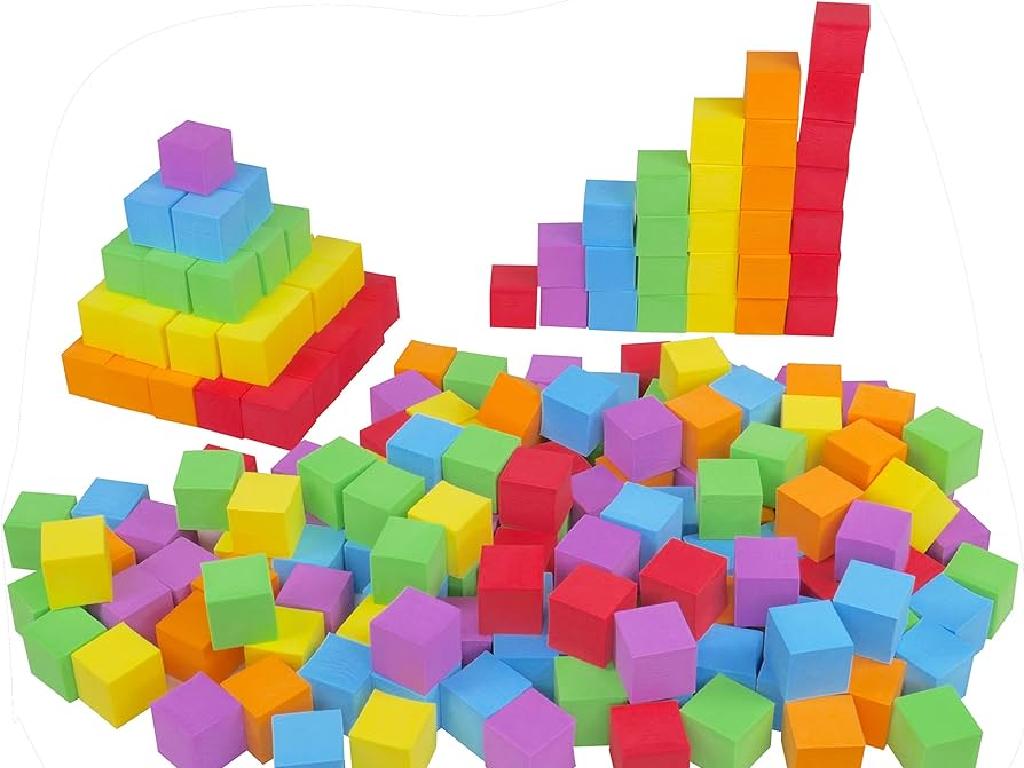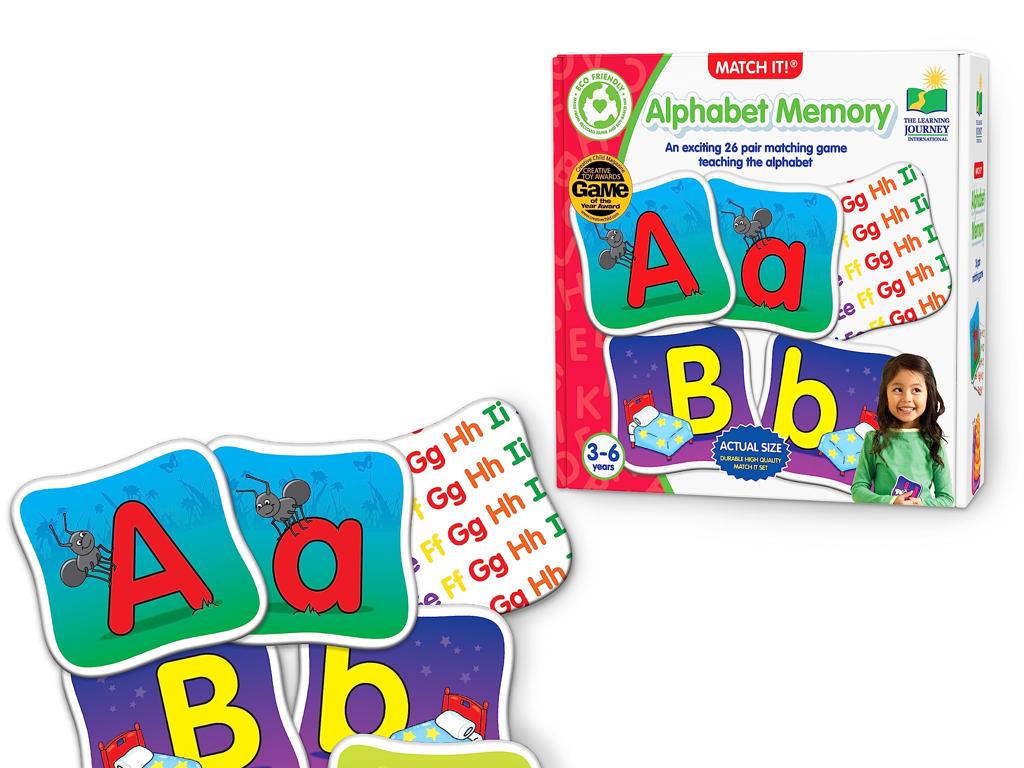Correct Inappropriate Shifts In Pronoun Number And Person
Subject: Language arts
Grade: Seventh grade
Topic: Pronouns And Antecedents
Please LOG IN to download the presentation. Access is available to registered users only.
View More Content
Welcome to Pronouns and Antecedents!
– Understanding pronouns and antecedents
– Pronouns replace nouns; antecedents are the nouns they refer to.
– Defining pronouns
– Words like ‘he’, ‘she’, ‘it’, ‘they’ are pronouns, used instead of nouns.
– Explaining antecedents
– Antecedents are the words pronouns replace, like ‘John’ is to ‘he’.
– Importance of correct usage
– Using them correctly avoids confusion in sentences.
|
This slide introduces the concept of pronouns and antecedents, which are fundamental to understanding sentence structure and coherence in writing. Pronouns are words that take the place of nouns to avoid repetition and make sentences smoother. Antecedents are the nouns or phrases that a pronoun refers to earlier in the text. It’s crucial for students to match pronouns correctly with their antecedents in number and person to maintain clarity in communication. Provide examples of sentences with pronouns and antecedents, and highlight the importance of using them correctly to avoid ambiguity. Encourage students to practice identifying pronouns and their antecedents in sentences and to correct errors in pronoun-antecedent agreement.
Understanding Pronouns
– Pronouns: Definition
– A pronoun is a word that substitutes for a noun.
– Examples: he, she, it, they
– ‘He’ for males, ‘she’ for females, ‘it’ for objects, ‘they’ for plural.
– Pronouns replace nouns
– Instead of repeating ‘the dog’, say ‘it’ to avoid repetition.
– Consistency in usage
– Maintain number and person to avoid confusion.
|
This slide introduces the concept of pronouns, which are fundamental in English grammar. Pronouns are used to replace nouns and avoid repetition, making sentences less cumbersome. Provide clear examples of pronouns and their antecedents to illustrate how pronouns function in sentences. Emphasize the importance of maintaining consistency in pronoun number and person to ensure clarity in communication. For instance, if starting with ‘he’ to refer to ‘John’, do not switch to ‘they’ later in the same context. Encourage students to practice by identifying pronouns in sentences and ensuring they match their antecedents in number and person.
Identifying Antecedents in Pronouns
– Define antecedent
– An antecedent is the noun a pronoun replaces
– Finding antecedents
– Look before the pronoun to find the noun it refers to
– Linking pronouns correctly
– Ensure pronouns agree with their antecedents in number and person
– Practice with examples
– We’ll review sentences and correct pronoun-antecedent mismatches
|
This slide introduces the concept of antecedents in the context of pronouns. An antecedent is the word that a pronoun refers to or replaces in a sentence. To find an antecedent, students should look for the noun that comes before the pronoun and is related to it in meaning. It’s crucial for students to practice linking pronouns to their correct antecedents to avoid confusion in their writing. Provide clear examples where pronouns and antecedents match in number and person, and highlight common errors. Encourage students to identify and correct mismatches in example sentences as a class activity.
Pronoun-Antecedent Agreement
– Pronouns match antecedents
– Antecedents are the nouns pronouns replace. They must agree in number (singular/plural) and person (first/second/third).
– Singular antecedents use ‘he’ or ‘she’
– For a single person or thing, use ‘he,’ ‘she,’ ‘it,’ or ‘who.’ Example: The cat (it) is playful.
– Plural antecedents use ‘they’
– For multiple people or things, use ‘they,’ ‘them,’ ‘those,’ or ‘who.’ Example: The cats (they) are playful.
– Consistency is key in pronoun use
– Avoid switching from ‘he’ to ‘they’ or ‘you’ to ‘he’ about the same antecedent.
|
This slide introduces the concept of pronoun-antecedent agreement, which is crucial for clear and grammatically correct writing. Emphasize the importance of matching singular pronouns with singular antecedents and plural pronouns with plural antecedents. Provide examples to illustrate correct usage, such as ‘The teacher gave his instructions’ (singular) and ‘The teachers gave their instructions’ (plural). Encourage students to practice by identifying pronouns and their antecedents in sentences and ensuring they agree in number and person. This will help students avoid common mistakes and improve their writing clarity.
Avoiding Shifts in Pronoun Number
– Define shift in pronoun number
– When a sentence changes from singular to plural pronouns without reason.
– Examples of incorrect shifts
– ‘One should enjoy their vacation’ should be ‘One should enjoy one’s vacation’.
– Methods to correct shifts
– Ensure pronoun agreement with the antecedent throughout.
– Practice correcting sentences
– ‘Everybody must bring their own pencils’ should be ‘Everybody must bring his or her own pencils’.
|
This slide aims to teach students about maintaining consistency in pronoun number within their writing. A shift in pronoun number occurs when the pronoun does not agree in number with its antecedent, leading to confusion. For example, mixing up singular and plural pronouns like ‘one’ and ‘their’ in a sentence is incorrect. To correct these shifts, students should identify the antecedent and ensure the pronoun matches it in number. Provide practice sentences for students to correct as a class activity, reinforcing the concept through application. Encourage students to explain their reasoning for each correction to deepen their understanding.
Avoiding Shifts in Pronoun Person
– What is a pronoun person shift?
– It’s when the pronoun’s person (like ‘I’, ‘you’, ‘he’) changes unexpectedly in a sentence.
– Examples of incorrect shifts
– ‘One should enjoy their vacation’ shifts from singular ‘one’ to plural ‘their’.
– How to correct pronoun shifts
– Ensure pronoun consistency: ‘One should enjoy one’s vacation’ or ‘People should enjoy their vacation’.
– Practice: Fixing shifts together
– We’ll correct sentences as a class to reinforce learning.
|
This slide introduces the concept of pronoun person shifts, which occur when a writer or speaker changes the pronoun person within a sentence or passage, leading to confusion and lack of clarity. Start by explaining the concept with definitions and then provide clear examples of incorrect shifts. Afterward, demonstrate how to correct these shifts by maintaining consistency in pronoun person. Engage the class with practice sentences, asking them to identify and correct inappropriate shifts. This will help students understand the importance of maintaining a clear and consistent point of view in their writing.
Let’s Practice: Pronoun Consistency
– Identify incorrect pronoun shifts
– Find pronouns that don t match in number/person
– Correct these pronoun shifts
– Change the pronoun to match the antecedent
– Share corrections with peers
– Discuss your answers in groups
– Understand pronoun agreement
– Ensure pronouns agree with their antecedents
|
This slide is for a class activity focused on identifying and correcting inappropriate shifts in pronoun number and person. Students will practice their skills by finding sentences with pronoun shifts and then correcting them to ensure consistency. After making corrections, they will share their answers with the class to facilitate peer learning. The teacher should provide examples of incorrect sentences and guide the students through the process of identifying the errors and making the necessary corrections. Possible activities include peer review of sentences, group discussions, and creating a classroom chart of pronoun-antecedent agreement rules. The goal is for students to understand the importance of maintaining pronoun consistency for clarity in writing.
Class Activity: Pronoun Hunt
– Find pronoun-antecedent pairs in a book
– Spot shifts in pronoun number/person
– Look for changes in number (singular/plural) or person (first/second/third)
– Determine correctness of usage
– Suggest corrections for shifts
– If shifts are found, how would you rewrite them?
|
This activity is designed to help students apply their knowledge of pronoun-antecedent agreement by analyzing text from a book they enjoy. Students should look for examples where the pronoun and its antecedent match in number and person, as well as instances where they do not. When a shift in pronoun number or person is identified, students should explain why it is incorrect and provide a corrected version. For the teacher: Prepare to guide students on how to identify pronouns and their antecedents, and discuss how shifts in number or person can lead to confusion. Offer examples of correct and incorrect usage, and encourage students to explain their thought process when making corrections. Possible variations of the activity could include peer review of findings, creating a classroom chart of examples and corrections, or even a creative writing piece where students purposefully include and then correct pronoun shifts.
Conclusion & Homework: Pronoun Consistency
– Recap pronoun-antecedent agreement
– Ensure pronouns match their antecedents in number and person
– Consistency in pronouns matters
– Avoids confusion and maintains clarity in writing
– Homework: 10 correct sentences
– Create sentences with proper pronoun use, reflecting today’s lesson
|
As we conclude today’s lesson, it’s crucial to remember that pronouns must agree with their antecedents in both number (singular or plural) and person (first, second, or third). This agreement is essential for clear and coherent writing. For homework, students are to write 10 sentences that demonstrate correct pronoun-antecedent agreement, reinforcing the concepts learned in class. This exercise will help solidify their understanding and application of consistent pronoun use. Encourage creativity and variety in sentence construction, and remind students to review their sentences to ensure that all pronouns agree with their antecedents.






